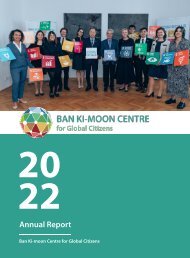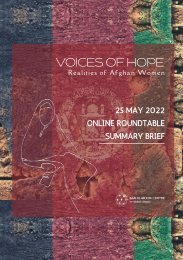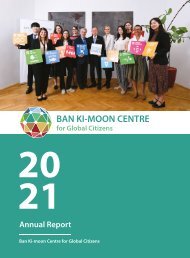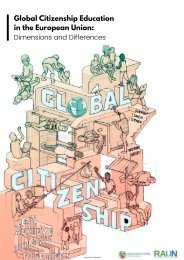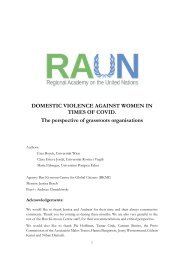Europe and North America Regional GCED Network
The report “Europe and North America Regional GCED Network” is based on a research project funded by Asia-Pacific Centre of Education for International Understanding (APCEIU) and Ban Ki-moon Centre for Global Citizens (BKMC) led by Lynette Shultz (Centre for Global Citizenship Education and Research, University of Alberta) and Massimiliano Tarozzi (International Research Centre on Global Citizenship Education, University of Bologna) as Principal Investigators. The research team was composed of Carrie Karsgaard and Carla Inguaggiato, with the support of Kester Muller and Francis Owusu.
The report “Europe and North America Regional GCED Network” is based on a research project funded by Asia-Pacific Centre of Education for International Understanding (APCEIU) and Ban Ki-moon Centre for Global Citizens (BKMC) led by Lynette Shultz (Centre for Global Citizenship Education and Research, University of Alberta) and Massimiliano Tarozzi (International Research Centre on Global Citizenship Education, University of Bologna) as Principal Investigators. The research team was composed of Carrie Karsgaard and Carla Inguaggiato, with the support of Kester Muller and Francis Owusu.
Create successful ePaper yourself
Turn your PDF publications into a flip-book with our unique Google optimized e-Paper software.
Overview of Methodology<br />
To systematically map relationships among key <strong>GCED</strong> actors, we followed two<br />
parallel methodological approaches: social network analysis <strong>and</strong> digital methods.<br />
First, using data from structured interviews with organizations' representatives, we<br />
mapped the relationships of mutual cooperation, technical <strong>and</strong> scientific information<br />
exchange, <strong>and</strong> meetings between <strong>GCED</strong> actors. Secondly, drawing on data from<br />
organizational websites <strong>and</strong> Twitter, we mapped digital networks among actors,<br />
which enabled us to see actors <strong>and</strong> relations that might otherwise be hidden,<br />
ignored, or disregarded.<br />
Social network analysis of <strong>GCED</strong> actors<br />
We began our sample selection at an international meeting of <strong>GCED</strong> practitioners<br />
in Montreal. We started from the list of organizations that participated in the<br />
Montreal exercise <strong>and</strong> the organizations they named as collaborators. In total,<br />
54 organizations constitute our study sample. Of these, we interviewed 45<br />
organizations, 26 from <strong>Europe</strong> <strong>and</strong> 19 from <strong>North</strong> <strong>America</strong> - a response rate of 83%.<br />
We studied three networks that emerged in the data, based on the relations <strong>and</strong><br />
activities of the actors: mutual collaboration, technical information sharing, <strong>and</strong><br />
meetings between organizations.<br />
• Key global <strong>and</strong> local network patterns <strong>and</strong> organizations' positions in the<br />
network were analyzed. Our research found that organizations based in<br />
the same geographical area tend to have more relations, especially for the<br />
meeting networks. However, for scientific <strong>and</strong> information exchange, actors<br />
tend to interact at almost the same levels with organizations outside <strong>and</strong><br />
inside their geographical area (see Graph 1, 2, 3 in appendix A). The relations<br />
were most dense in knowledge sharing activities, indicating an important<br />
feature of the network <strong>and</strong> <strong>GCED</strong> in the <strong>Europe</strong>an <strong>and</strong> <strong>North</strong> <strong>America</strong>n region.<br />
• Regarding the three types of networks analyzed, data showed that meetings<br />
<strong>and</strong> information exchanges have a low level of overlap. This means that<br />
the organizations that exchange technical <strong>and</strong> scientific information do not<br />
necessarily meet to discuss <strong>GCED</strong> related topics.<br />
• The structure of the network reflects a core-periphery model of interaction<br />
where there is:<br />
- High density of connection at the centre <strong>and</strong> lower level of<br />
connection in the periphery.<br />
- Low level of clustering: the network cannot be easily divided into<br />
smaller subgroups based on common characteristics of the<br />
organizations. This suggests that even though there are differences<br />
in the number of connections among organizations at the centre of<br />
the network <strong>and</strong> those with fewer connections, it was not possible to<br />
divide the network into smaller subgroups based on common<br />
008ㆍ009












